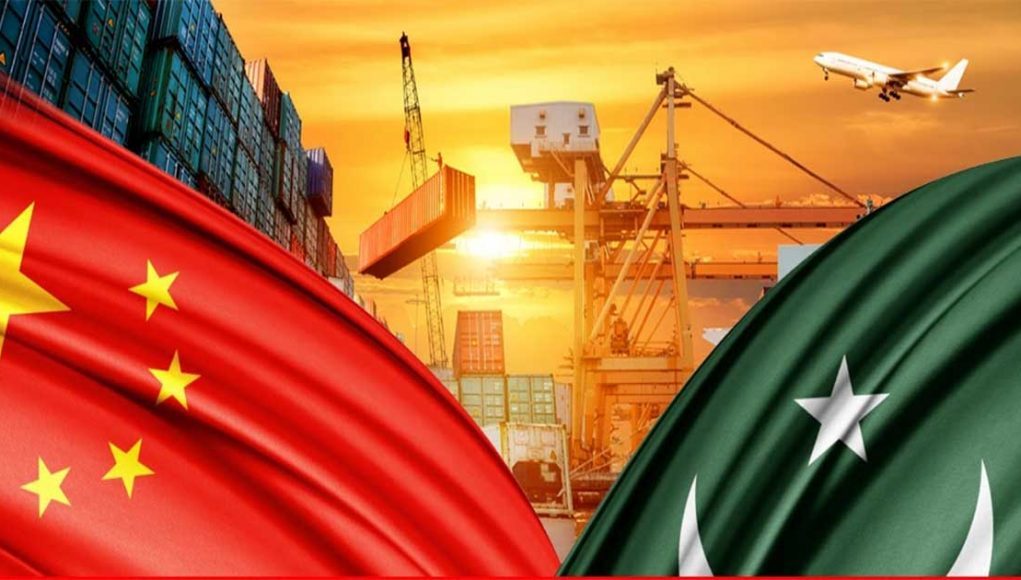What is the Effect of Pak-China CPEC Project on Travel Industry of Pakistan?
CPEC has improved roads, infrastructure, and connectivity, making remote areas more accessible. This boosts domestic and foreign tourism, encourages investment in hotels and transport, and opens new travel routes, especially in northern Pakistan and Gwadar.
We are all well aware of the enduring friendship between Pakistan and China, which has been strengthened by both nations’ open doors to one another. Though their friendship with India may have begun as a result of a shared conflict, it has since expanded to much more. We fail to see that the CPEC project is giving China easy access to commerce with the rest of the globe, even though Pakistan appears to be the bond’s benefactor and is reaping greater benefits than China.
Also Read: Pakistan Princely States: Let’s Take a Look Back
There has been a “iron-shield” understanding and acceptance between China and Pakistan for many years. It is improving and growing more secure over time.
Goals of CPEC Project in Pakistan
The goal of the CPEC project is to facilitate and open commerce for other nations in addition to between the two countries. The route terminates at Gwadar port in the south, after beginning at the China-Pakistan border in the north. This is the primary route; other highways connect to it as it travels through various parts of the nation. China will have a huge chance to engage with its customers in Asia, Europe, and the rest of the world through this.
Effect of CPEC Project On the Travel Industry
- The China-Pakistan economic corridor has promised to improve Pakistan’s economic situation, but it also promises to strengthen the country’s travel and tourism sector.
- The travel and transport sector is the primary driver behind the CPEC project. Even during the construction phase, a significant amount of machinery and materials must be transported and then moved to the construction site. This demonstrates the excellent usage of a different form of transportation.
- For instance, this project will build new highways, a 1,800-kilometer railway line, and an oil pipeline network to connect Gwadar port in southern Pakistan and Kashgar, in western China’s Xinjiang region.
- It also includes an airport near the port of Gwadar, as well as a number of energy plants, dry ports, special economic zones, and other infrastructure. It is estimated that US$ 30 billion will be invested on energy and infrastructure development and construction.
- The primary activity starts with the construction of the corridor; the free trade agreement between Pakistan and China was only the start of fully utilising the resources of the travel sector. After it is finished, the country’s imports and exports will rise significantly as a result of the free movement.
- More import and export will result from the new free route, necessitating the use of more fuel-efficient cars. This will have an immediate effect on gasoline usage and could lead to a drop in fuel costs.
- China has rescued Pakistan’s collapsing credit ship. Pakistan’s credit rating was upgraded to the B class in the final month of 2016 by Moody’s and S&P, where it remains with a stable outlook. Even while China hasn’t directly paid Pakistan’s debts, the CPEC project has encouraged other nations to invest in Pakistan by showcasing the nation’s bright future.
- There are three divisions under the CPEC once it passes through KPK into Pakistan:
- The CPEC is slated to begin in Balochistan and travel via Dera Ismail Khan, Zhob, Quetta, Kalat, Qila Saifullah, Turbet, Punjgur, and Gwadar. This will be the route for the Western area.
- The second route then departs from Dera Ismail Khan and travels via Dera Ghazi Khan, Dera Murad Jamali, Khuzdar, Turbet, Punjgur, and Gwadar. This route will be used for the central region.
- The Eastern route, which ends at Gwadar, travels via the Balochistan Highway and the Lahore Highway.
- As a result, CPEC will present chances for infrastructure development and use along the route.
- Since the Gwadar port is the most economical and expedient route for trade, the Central Asian Republics will naturally choose this mode of transportation.
In addition to connecting all the provinces with it and offering a safe and secure path within Pakistan, the China-Pakistan Economic Corridor (CPEC) is luring travellers and tourists to this breathtaking country. This path will provide a quick and straightforward way to reach Pakistan’s heavenly north. Therefore, allowing economic activity will also benefit Pakistan’s tourism sector.
Conclusion
China and Pakistan will both profit equally from the CPEC since they are equal stakeholders in its development. It is a fantastic chance for both nations. Pakistan’s energy and economic difficulties will all be resolved by this project; one illustration of this is the country’s credit rating rising. This project’s counterpart is the Belt and Road initiative, which is lacking a piece because of India’s lack of collaboration.


Comments are closed, but trackbacks and pingbacks are open.